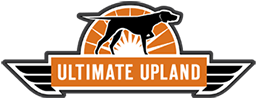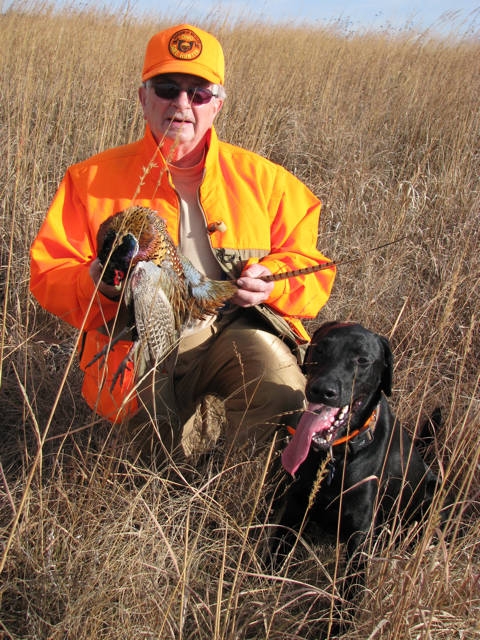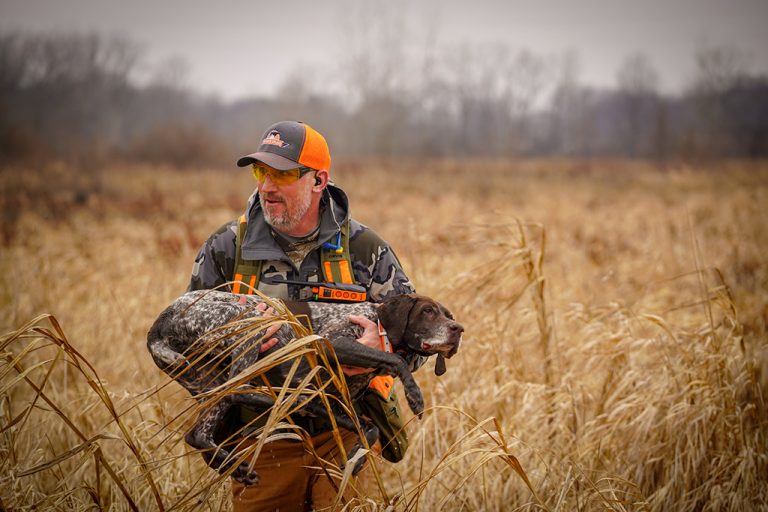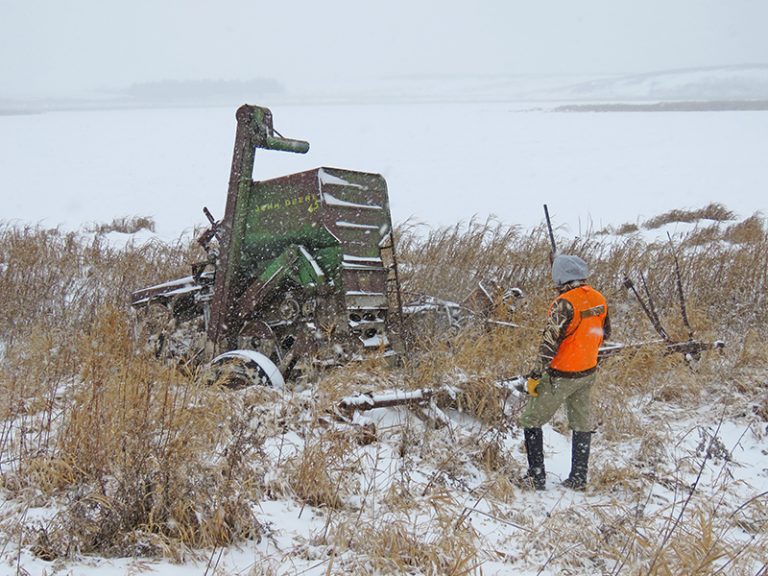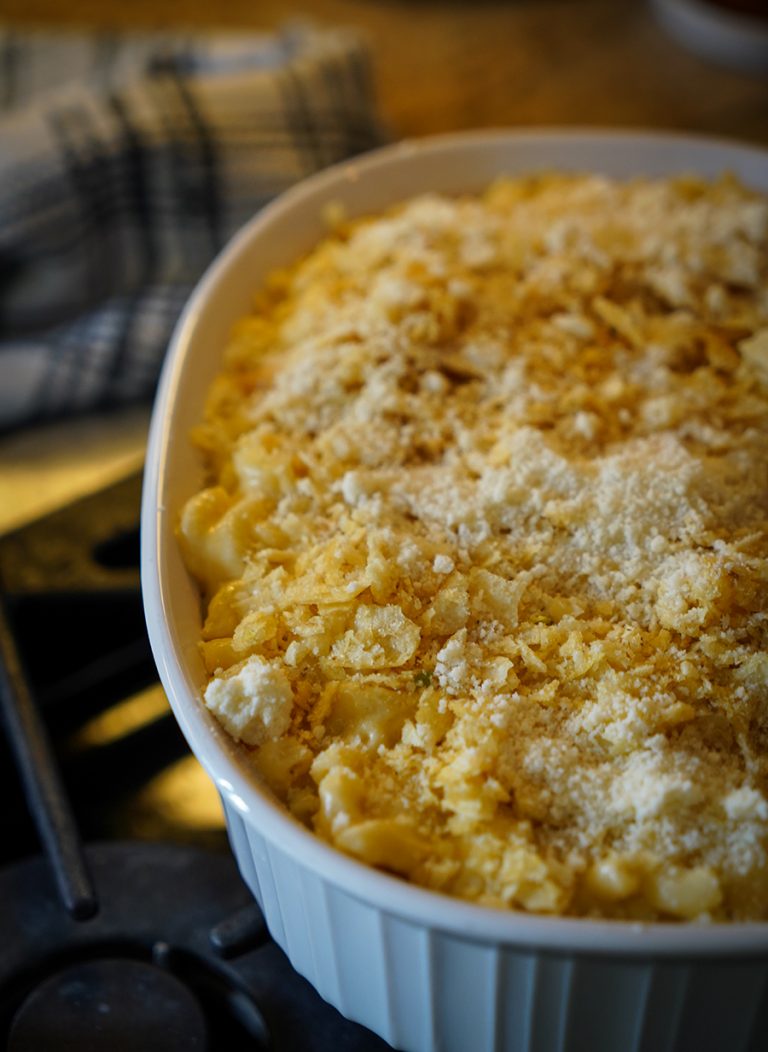The Top 3 Wild Pheasant Hunting Tips
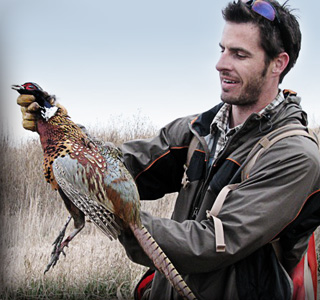
There are tons of variables involved when pheasant hunting: weather, dogs, number of hunters, blockers, terrain, time of day….. the list is almost endless. But regardless of these elements, there are 3 things you can always use that will improve your success against the wily wild rooster.
The bird hunters’ opening day is also most pheasants’ first day of school. According to some USGS studies, the annual mortality rates for pheasant can exceed 70%, this includes hunting, natural predation, and carrying capacity of the land. As a result, the bulk of the birds in the field will be seeing their first hunter at the beginning of the season, and even though their brain is roughly the size of a pea, the ringneck is a fast learner. This enables hunters to get away with a lot of blunders on the first day that no longer fly as the season progresses.
#1) Shhhhhhhhhh
The single most overlooked aspect of pheasant hunting is probably noise. When big game hunters pursue animals, they strive for silence. Fox, coyote and bobcat don’t scream like Braveheart prior to pouncing on a pheasant. Nature’s pheasant hunters employ noiseless tactics that have been refined over centuries of the chase for a reason.
The element of surprise seems counter-intuitive to upland bird hunting because the concept of simultaneously sneaking up on a bird and busting through cover are contradictory. However, this misinterpretation of stalking is the very problem that leads to your hunting partners slamming car doors, hollering jabs back and forth in the field, whistling directions to dogs, and rumbling like a herd of buffalo across the plains.
While it’s unlikely you’ll manage launching a perfect sneak on a pheasant in cover, you or your dog do have a better chance at getting within range before he’s shifted to high alert and runs out of the county if you’re more conscientious of your decibel level.
Just test this theory out hunting late in the season and at your first field of the morning (and remember to bring your binoculars ): Climb out of your vehicle, slam your car door and give the birds a big “Good Morning Ringnecks!”. The educated birds who’ve navigated the gauntlet throughout the season will be flying, or more likely running, out the opposite end of the field.
Stealth is a weapon at your disposal. Use it and you will get more shooting opportunities.
#2) Slow-down
After years of sprinting across all sorts of terrain and cover chasing wild roosters, it finally sunk in. The pheasant can do more than outrun me, he can also triumphantly outspeed my best shot and, in most cases, my dog. Wild pheasants will fly as a last resort of escape and it’s much tougher to learn this axiom while hunting with large groups or blockers who invariably give roosters few options. However, if you attempt to hunt solo or with limited boots on the ground the pheasant’s affinity for running will quickly become clear. Regardless of your group size, these birds do not want to take flight if they don’t have to. I’ve seen hoards of hunters on coordinated drives with 40-yard separations, and birds still manage to back flush on them.
Chasing after a bird or your dog in hot pursuit of a runner rarely accomplishes a flush within gun range. In fact, the alerted bird can maintain a steady lead on both you and your dogs. While it’s possible you may get that pheasant to eventually hold for a point, it is more likely that the rooster will flush wild. In the process of running down just one bird, you’ve now alerted every bird in the field, run past the bulk of them and gassed yourself and your dog.
Pheasant were built to run. Barring miserable weather conditions or terrain and cover that stand in their way, they will outpace you regardless of your hunting party’s actions and the faster you work, the more likely you are to pass by the pheasants which are holding.
The trump card the hunter holds is unpredictability. Slow your pace, take random strides. Stop. Listen. Change direction. Stride some more. Think of it from the rooster’s perspective. If you pass by one of these birds while sprinting to some imaginary finish line, he’s breathing a sigh of relief. But, if you happen to pass one, stop, change directions, stop again……… he thinks the jig is up. Better still is when you coordinate this random movement with your dogs who invariably will pin down and point or flush more birds well within gun range.
In this way, pheasant hunting is like chess: the more erratic and deceptive your movements, the more likely you are to win.
#3) Cover all cover
It is shocking how little vegetation pheasant really need to conceal themselves. When in hand, the size and garish coloring create an illusion of colossus. But give them two blades of grass and they become magicians capable of invisibility.
Hunters are lulled into thinking that sparse cover can’t hold a bird. However, I assure you that it can and will. Convinced my dog was crazy, I witnessed pheasants erupt out of wheat stubble 4″ tall, so dumbstruck by the location that I had no hope of shouldering my gun. Dozens of times I’ve been within a few paces of the vehicle, within feet of exiting a field, unloading and securing the shotgun, only to have a rooster light from under my boot.
Pheasants don’t want to fly, and when there’s nowhere left to run, they resort to an amazing camouflage pattern that can fuse with a milo stalk or a sprig of buffalo grass equally well. The only answer to the camouflage conundrum is to maintain discipline and expect the unexpected. Keep your gun at the ready until you fully exit the field.
Once you lower the decibels, take your time and work the entire field your chances to outsmart even the wildest rooster will increase exponentially.
Though I said this was going to be 3 tips, always remember the next best advice is Trust Your Dog; a topic that would require and entire novel to cover.
